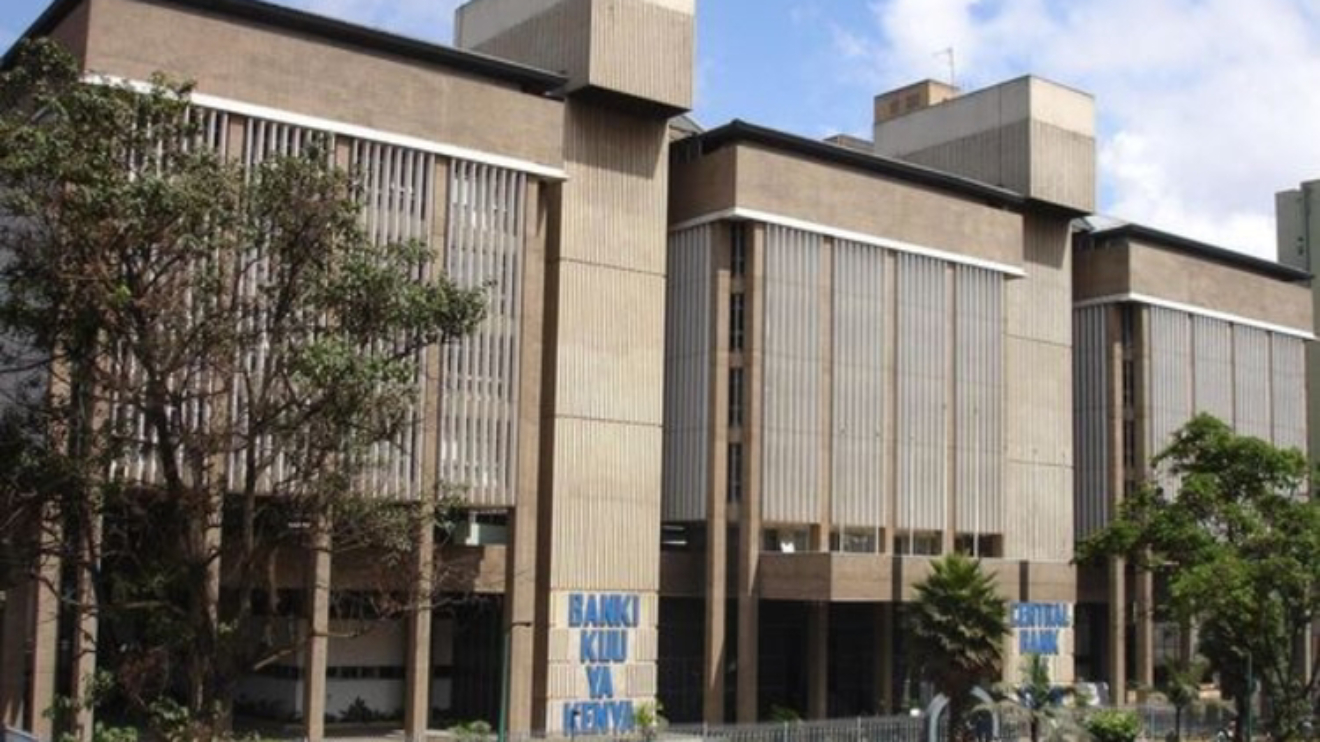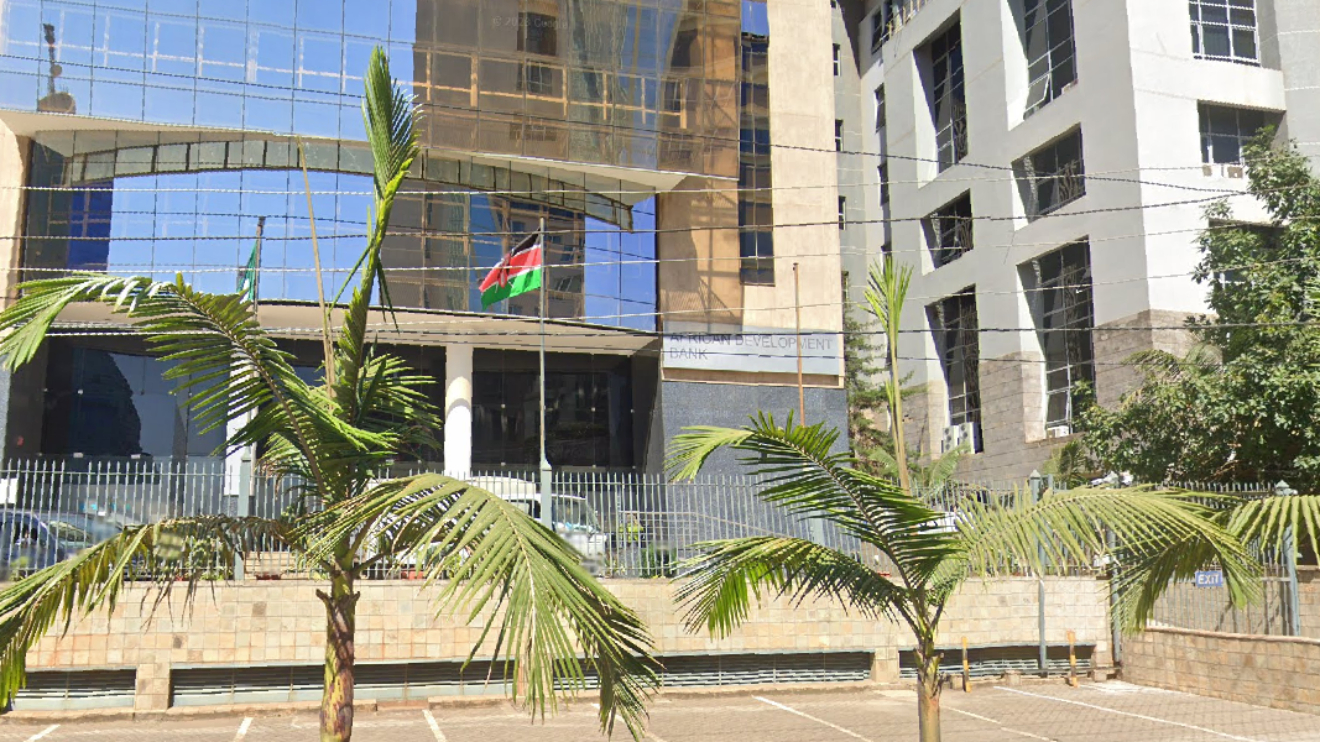The Central Bank of Kenya (CBK) has cut the benchmark interest rate by 75 basis points to 10.00 per cent—its lowest level since May 2023—as part of efforts to stimulate bank lending and revive private sector activity while maintaining exchange rate stability.
The Monetary Policy Committee (MPC), which met on Tuesday, said the decision followed signs of easing inflation, a stabilising exchange rate, and falling commercial bank lending rates.
The Committee stated, “Overall inflation was expected to remain below the midpoint of the 5+2.5 per cent target range in the near term.”
This move marks the second major rate cut since the beginning of 2025, reflecting the MPC’s view that monetary conditions can be loosened further to support credit uptake.
According to the CBK, average lending rates had dropped from 17.2 per cent in November 2024 to 15.8 per cent in March 2025, while private sector credit growth remained subdued despite a marginal 0.2 per cent uptick in March after a contraction in February.
Read More
To reinforce the effectiveness of its policy stance, the MPC also narrowed the interest rate corridor around the CBR from 150 basis points to 75 basis points and aligned the Discount Window rate to the new upper bound of the corridor at 75 basis points above the CBR.
These adjustments aim to strengthen interbank rate stability and improve the transmission of the policy rate to the broader economy.
The MPC concluded that, “there was scope for a further easing of the monetary policy stance to stimulate lending by banks to the private sector and support economic activity, while ensuring exchange rate stability. Therefore, the Committee decided to lower the Central Bank Rate (CBR) by 75 basis points to 10.00 percent from 10.75 percent.”
This new rate, the lowest in nearly two years, reflects the CBK’s confidence in the country’s macroeconomic stability and is expected to encourage banks to pass on lower borrowing costs to businesses and households.
The Committee will reconvene in June 2025 to assess the impact of this policy shift.



 shares a light moment with the company's Group CEO Dr Patrick Tumbo (right) at a past event-1758121528.jpeg)
-1758116028.jpeg)



